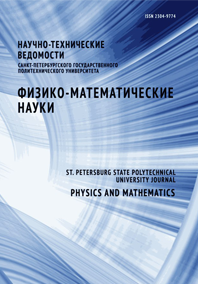A photointegrator of the molecular condensation nuclei detector
The problem of calculating the threshold sensitivity of an integrating photoreceiver (photocurrent integrator) is investigated. Photocurrent integrators are used in scientific instruments to achieve high sensitivity of an optical measurement system in case of relatively slow physical processes. Noise model of a photointegrator is used to develop equivalent noise circuits and to calculate the RMS value of the voltage across the output of the photoreceiver. Among all the models of the real photointegrator it is conceivable that the approximation by an ideal photointegrator may be used. The threshold sensitivity of a photointegrator is defined as the power at the input of a photointegrator at which the root mean squared (RMS) voltage across its output is equal to the RMS voltage of total noise i.e. the signal to noise ratio is equal to one. A photomultiplier tube (PMT) can be used to increase the sensitivity. Formulas for calculated the sensitivity of PMT based photointegrator are given. The increase in sensitivity due to the use of PMT can be up to 18-30 times. Experimental study of a photometer of a molecular condensation nuclei (MCN) detector that forms a base of highly sensitive MCN gas analyzers was conducted. Measured sensitivity differed from calculated by 10%, however at femtowatt power levels it is very difficult to get rid of parasitic optical signals that are responsible for a small decrease in sensitivity compared to the theoretical prediction. It is noted that in many practical applications, for example in X-ray absorption method of mineral extraction using position sensitive photodiode X- ray receivers, an approximation of a real photointegrator must be used.


